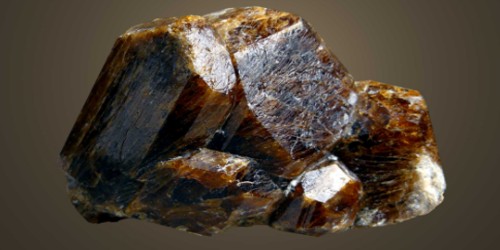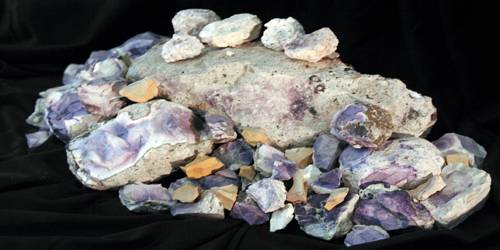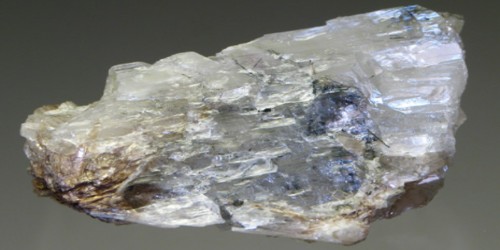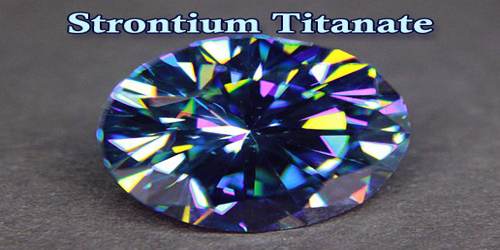Kamiokite is an iron-molybdenum oxide mineral with the chemical formula Fe2Mo3O8. It is a hexagonal-dihexagonal pyramidal iron black mineral containing iron, molybdenum, and oxygen. The name kamiokite is derived from the locality, the Kamioka mine in Gifu Prefecture, Japan, where this mineral was first discovered in 1975.
Although rare, kamiokite is predominantly found in mining environments and can indicate the presence of other minerals of interest, such as copper in the case of the Mohawk and Ahmeek mines.
General Information
- Category: Oxide minerals
- Formula: Fe2Mo3O8
- Crystal system: Hexagonal
- Crystal class: Dihexagonal pyramidal (6mm)
Properties
Kamiokite is an anisotropic mineral, meaning that light travels through the mineral in different directions and velocities. It is strongly pleochroic and is also birefringent. It is speculated that kamiokite can enhance the concentration of the copper it is hosted in. There are no known health risks associated with this mineral.
- Formula mass: 527.5 g/mol
- Color: black, gray
- Crystal habit: tabular
- Twinning: none
- Cleavage: perfect {0001}
- Fracture: even
- Mohs scale hardness: 4.5
- Luster: metallic, sub-metallic
- Streak: black
- Diaphaneity: opaque
Occurrence: In quartz-molybdenite stockwork veins associated with granite porphyry dikes (Japan); in fissure veins filled during low-grade regional metamorphism of basalt (Michigan, USA).
Kamiokite can be found as inclusions in domeykite, algodonite, and magnetite. It is associated with copper arsenides found in Michigan’s Mohawk and Ahmeek copper mines
Association: Molybdenite, potassic feldspar, fluorite, ilmenite, scheelite, quartz (Kamioka mine, Japan); domeykite, algodonite, nickeline, maucherite, koutekite, safflorite, silver, molybdenite, calcite (Michigan, USA); magnetite, ilmenite, molybdenite, graphite (Carajas deposit, Brazil).
Information Source;
















